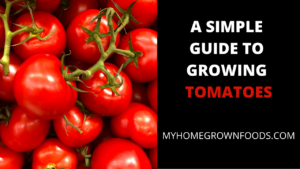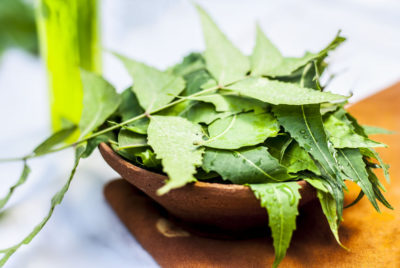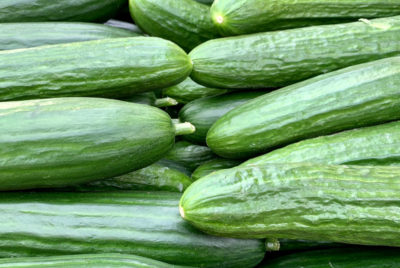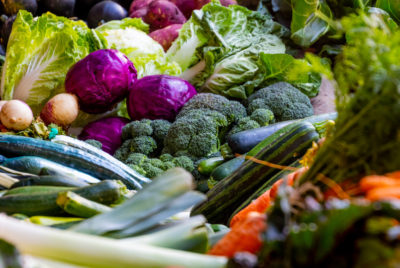A Simple Guide to Growing Tomatoes
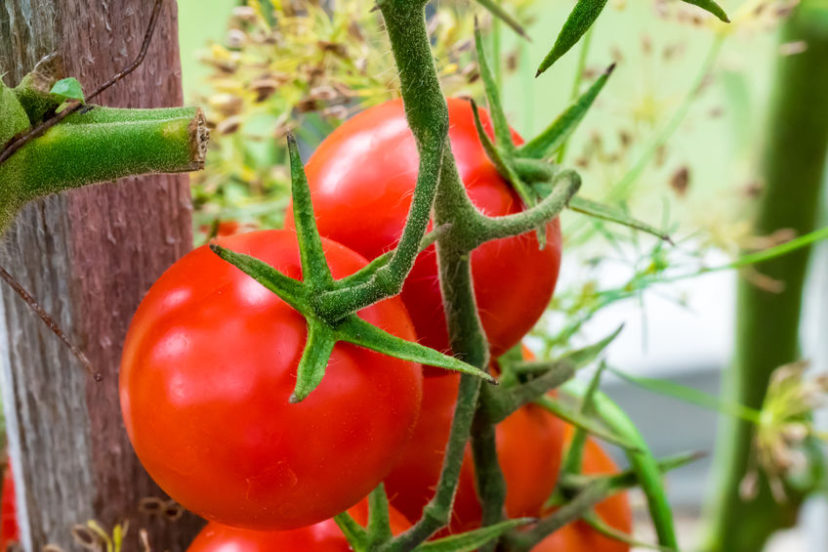
If you love juicy, vine-ripened tomatoes then you should grow them at home. There are many ways to grow tomatoes, even if you don’t think you have the room, there is a method that will work for you. Whether it be container gardening, an indoor garden, growing your tomatoes the tradition way or a hydroponic set-up. There’s an option for you.
Snapshot
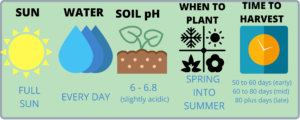
You may repost this infographic on your website provided you link to myhomegrownfoods.com
Origin of the Tomato
Lycopersicon esculentum, or tomatoes as they are more commonly known, are a member of the nightshade family of flowering plants. They are also a fruit and not a vegetable like most people think. They are considered to be a vegetable due to the nutrients in them that are common in vegetables and the fact that they are not sweet like fruits.
Originally from South America and Mexico, the humble tomato can be found in culinary dishes places all around the world including China, Japan, India, Italy, Turkey, and the US. Tomatoes have been around since 700AD, or about the time of the Aztecs and Incas. They grew wild in the higher elevations and were a staple of their meals. The Spanish conquistadors brought tomatoes to Europe during the 16th century.
Varieties of Tomatoes
There are many, many varieties of tomatoes, depending on where you live. These may also go by different names or there may be several varieties of each type. These are the basics that will apply to most of them:
- Beefsteak tomatoes – the king of all tomatoes. Large, round and juicy it is the choice to top burgers. They are also quite good on sandwiches because of their size. They are also used in making salsa, dips, and stews.
- Heirloom tomatoes – firm, smooth and rich in flavor. These are good in salads, sandwiches, and eaten raw with a sprinkle of salt. This is a type that most people are familiar with.
- Roma tomatoes – these are slightly elongated and firm for use in tacos, salads, and soup or pasta dishes.
- Cherry tomatoes – small and round, these bite-sized beauties are sweet and eaten in salads and grilled on skewers for kebabs.
- Grape tomatoes – these are even smaller than cherry tomatoes and resemble grapes. Great for salads, grilling, or eaten as a snack.
Ways to Grow Tomatoes
Tomatoes are very versatile and can grow in a multitude of ways. Most commonly they are planted in the ground in a garden and they do not require a lot of space because they grow vertically, so even if you have a small yard you could still grow tomatoes at home.
For those who do not have a backyard or dedicated garden space tomatoes will grow in:
- large, decorative pots on your patio (container gardening)
- a raised bed in a small yard, greenhouse (a hydroponic set-up)
- On a vertical grow wall along a fence (a vertical garden)
- Hanging planter on a patio or balcony
Growing Tomatoes in a Container Garden
Container gardening is the process of growing plants in containers or pots, rather than in the ground. This means that if you have just a small space like a concrete slab near your house it can be made into a garden space. The pots or containers can be lined up against a fence or wall or set on a three-tiered plant stand to maximize the space.
As it was mentioned before, tomatoes grow up not out so you can make use of a small amount of space and grow some delicious tomatoes of your own. If you live in an apartment but have a small patio or balcony area you can grow them in large pots or containers with a cage or trellis to let them vine.
Growing Tomatoes in an Indoor Garden
Many plants can be started indoors and then transferred outside once they are established and growing. They will need some sunlight so container gardening is perfect because you can bring them out when it is sunny and then put them back in the shade to avoid burning the leaves when it is too hot.
Tomatoes grown indoors in a greenhouse can be grown in pots or in water enriched with certain types of fertilizers (hydroponics refers to vegetables grown without soil) like fish excrement or duck manure. They can be kept in the greenhouse for cooler climates that don’t get a lot of heat in the summer. Tomatoes grow best in temperatures between 65 and 85 degrees Fahrenheit and need at least 6 hours of sunlight per day. For a great starter indoor garden check out the AeroGarden Harvest. Click here to read my article reviewing some of the best Indoor Garden Kits
Supplies Needed to Start Growing Tomatoes
- Package of tomato seeds or starter plants
- Cardboard egg carton
- Bag of nutrient-rich potting soil – Click here if you would like some more information about Organic Soils
- Water
Starting from Seed
This method is probably the easiest way to get started with growing any type of vegetables or fruit. The supplies needed are minimal and all you do is plant them and wait for them to grow.
Fill each of the “cups” in your egg carton with potting soil and dampen with a bit of water. Make an indentation with the tip of your little finger about a ½ inch deep and drop in two to three seeds. The reason for this is that not all seeds will germinate and if all three sprouts you can separate them later when you plant them in pots. Keep your egg carton starters in a warm place to sprout. It takes about six to eight weeks for them to sprout and grow to seedlings big enough to plant in the pots.
Using Starter Plants
This is an easier way to start your tomatoes if you don’t feel confident in starting them from seeds. Some people just don’t have a green thumb and have trouble growing plants. This is easy because the plants are already established and ready to be planted in the pots. You can easily fit two to three plants in a large pot and then separate them into their own pots as they grow bigger. Once they are 10 to 12 inches tall they are ready to be transplanted into their own individual pots and caged or staked.
Besides growing tomatoes, you can also grow lettuce, radishes, carrots, green onions, garlic, green peppers, cucumbers, beans, and potatoes in containers. Once your plants are established and growing well they can be kept outside as long as the weather is good, or brought in at night. Whatever works best for you. The options are endless and you don’t have to yard to enjoy growing your own food!
Like this Article?
